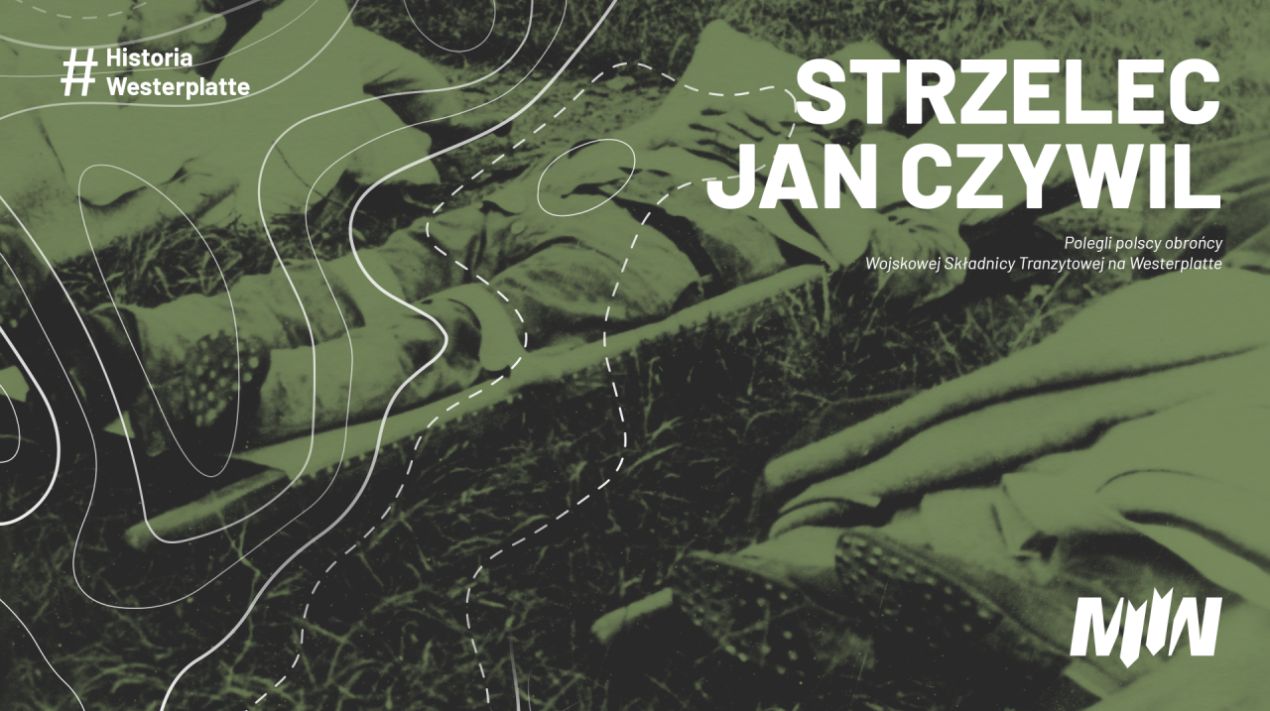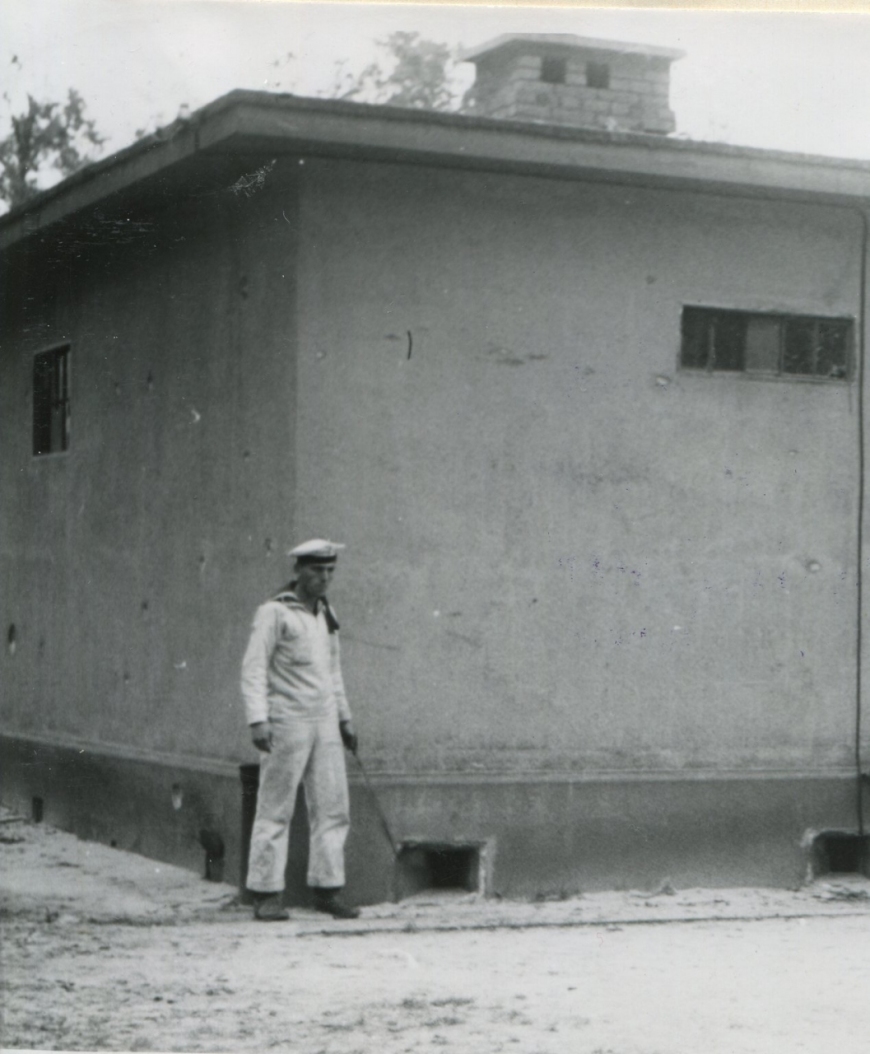#WesterplatteHistory - Rifleman Jan Czywil
Fallen Polish defenders of the Military Transit Depot on Westerplatte. Rifleman Jan Czywil
In another article about the defenders of Westerplatte, we will present the profile of one of the last of the fallen Westerplatte heroes. This is a character who is shrouded in many mysteries - not only do we not have his complete biography, but we also do not know the full extent of his origin, nor are we certain about the circumstances of his death. We will try to provide basic information about the fate of this Westerplatte defender and share some memories of him. We invite you to familiarize yourself with the details below.
The exact date and place of birth of the rifleman remain unknown. Most likely, he was born between 1914 and 1916 in the area of the former Vilnius or Nowogródek Voivodeships. Due to the lack of a biography, we are unable to describe his life path in detail until he was called up to the military unit. He arrived at Westerplatte on June 8th, 1939, as part of the reinforcement from the 2nd Marine Rifle Battalion in Redłowo. Currently, we know that at least 6 out of 15 soldiers who arrived from this unit came from the eastern voivodeships of the Second Polish Republic. They were: Aleksander Czajko, Kazimierz Garbacionek, Adam Ławrynowicz, Michał Sieczko, Piotr Sudnik, and Antoni Szapiel. It is possible, therefore, that besides Jan Czywil, Konstanty Jezierski, another fallen soldier on Westerplatte about whom we still have insufficient information, also came from the Eastern Borderlands. In the summer of 1939, as part of the reorganization of assignments to the guard unit, Rifleman Czywil was assigned to the 1st squad of the 1st platoon securing the eastern defensive positions on the peninsula. On September 1st, 1939, by the last daily order, he was assigned to guardhouse No. 1. However, as we know from accounts by several Westerplatte defenders, he initially fought as part of the "Ferry" station, only joining the crew of guardhouse No. 1, which was most exposed to German attacks, after it withdrew. He was also supposed to have been there throughout the defense of the depot. Unfortunately, accounts regarding the exact place and moment of Czywil's mortal wound are not consistent with each other. It is assumed that the Westerplatte defender was shot on the last day of the defense of the Depot, most likely around the time of its surrender, which is believed to have occurred at around 10 o'clock. He was then taken with a group of severely wounded Polish defenders to a hospital in Gdańsk, where he died late in the evening on September 7th, 1939. The cause of death was recorded as "wound to the neck and lower jaw." The Westerplatte defender was supposed to be buried in the cemetery in Zaspa, Gdańsk, where his grave still exists today. A second, symbolic grave has been located on Westerplatte since 1946.
By the personal order of the Supreme Command of the Polish Army No. 749 dated August 30th, 1945, he was posthumously awarded the Cross of the Order of Virtuti Militari, 5th Class, for the defense of Westerplatte. His name was incorrectly recorded as Ciwil in the order. The death certificate issued by a doctor from the Gdańsk hospital can still be found in the Civil Registry Office in Gdańsk.
Thanks to later written memories of one of Rifleman Czywil's comrades, assigned to the same squad - the 2nd Marine Rifle Battalion - we learn that: "I don't know their family addresses, I only remember that Czywil came from the Vilnius voivodeship, from around Lida or Oszmiany." Other accounts suggest that the severely wounded rifleman managed to provide his family's address as a last effort. Did this actually happen? Currently, we can only speculate. However, obtaining this address or information about the family of this Westerplatte defender would certainly complement the one of many still incomplete pages forming the tapestry of personal experiences and the history of Westerplatte.
If you have any additional information, especially regarding any of the fallen Westerplatte defenders, please contact us at: identyfikacja@muzeum1939.pl

















